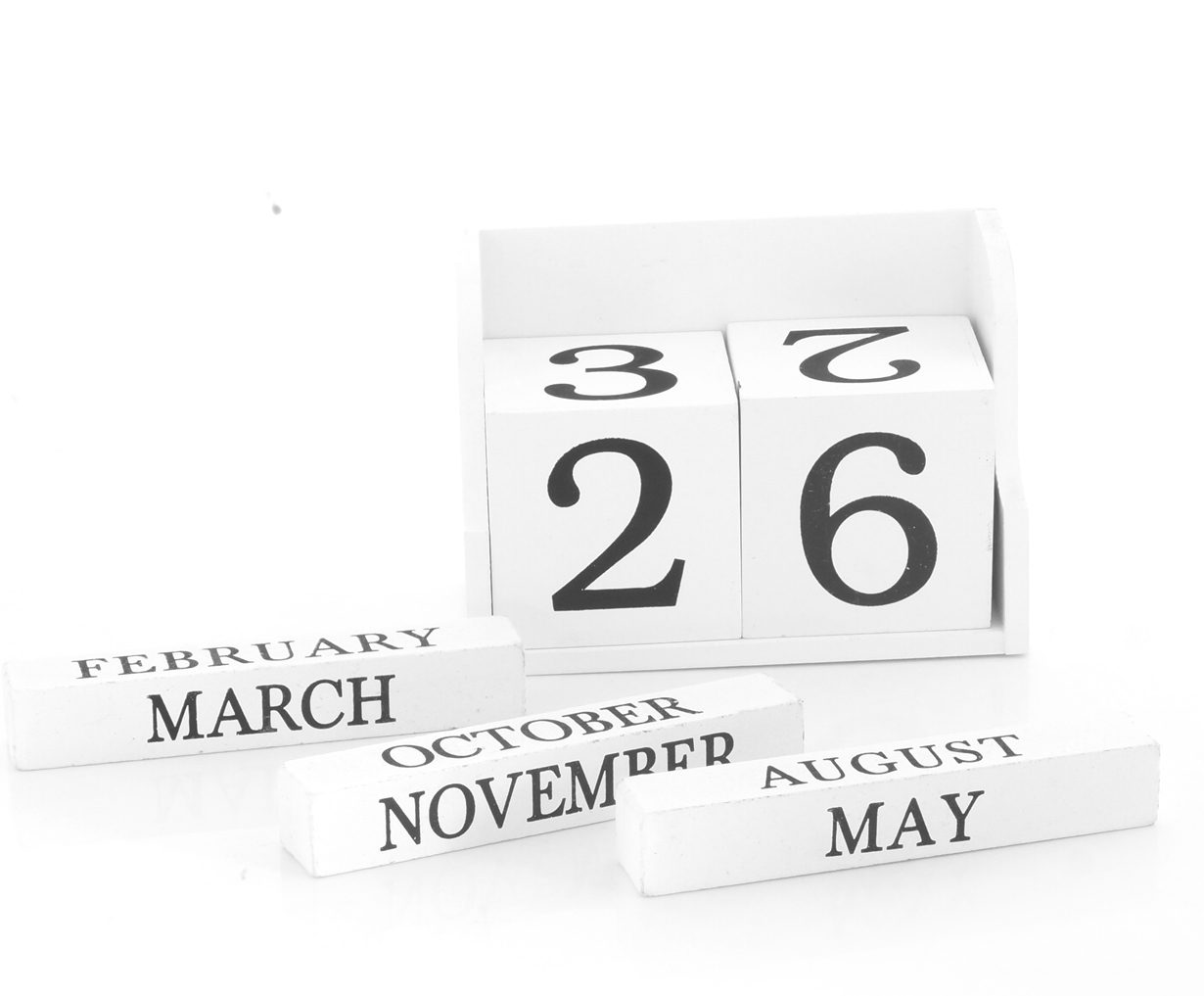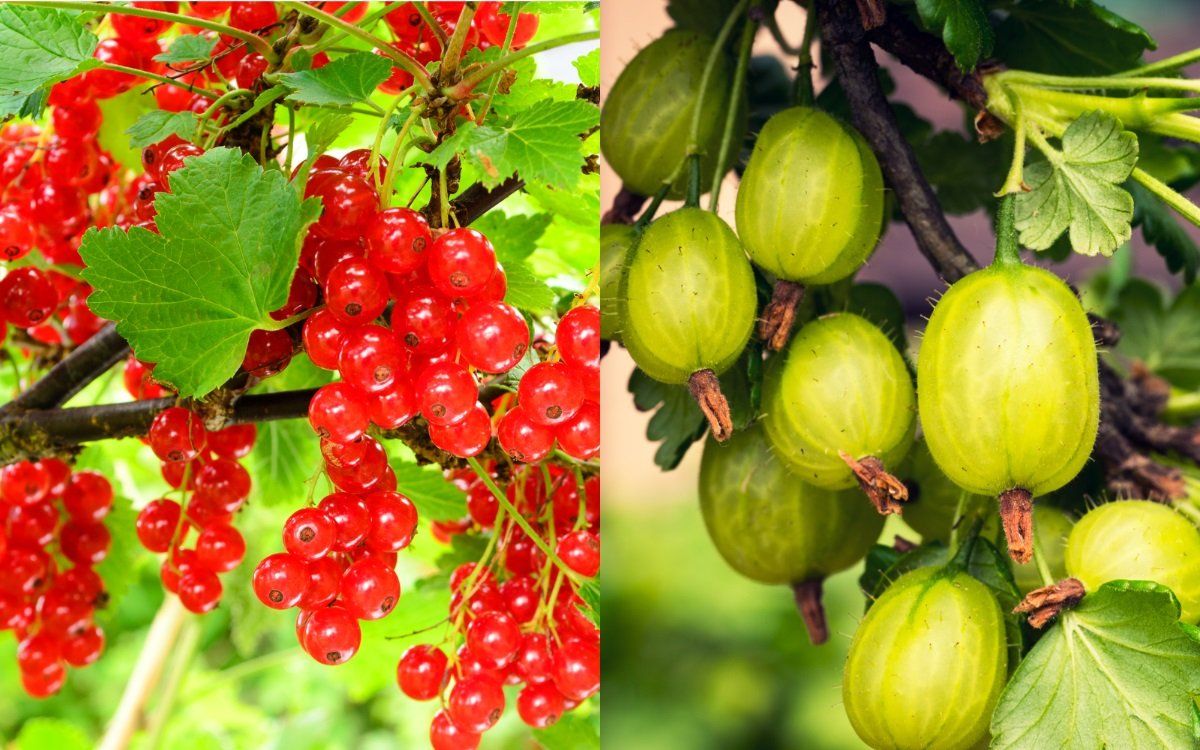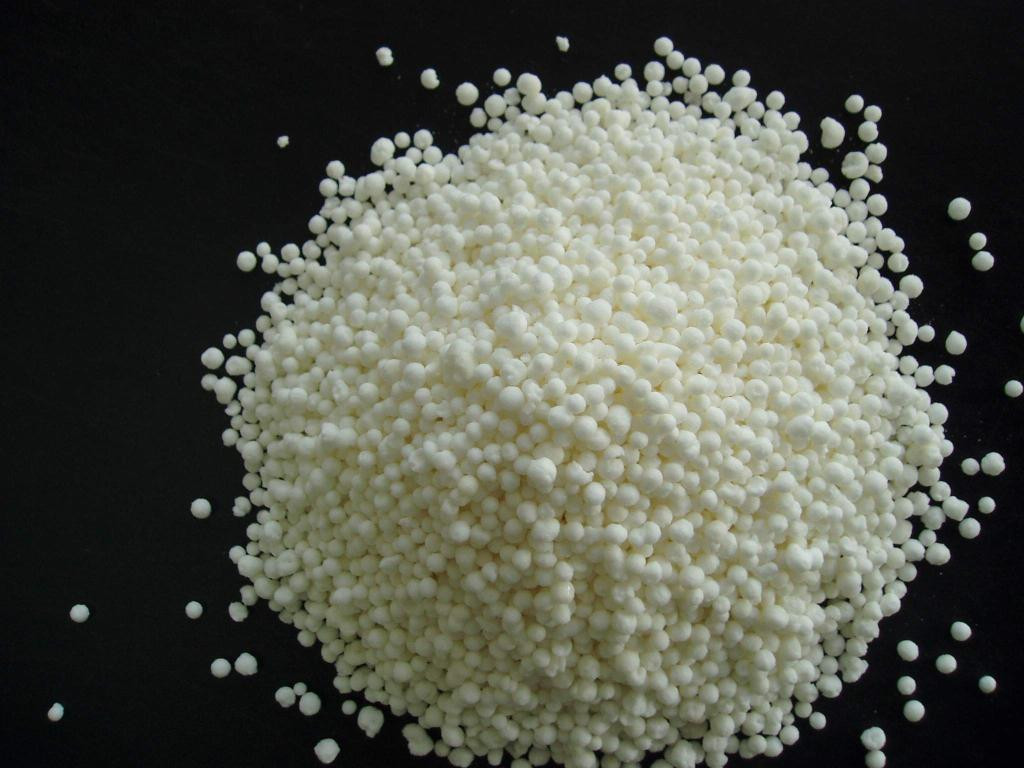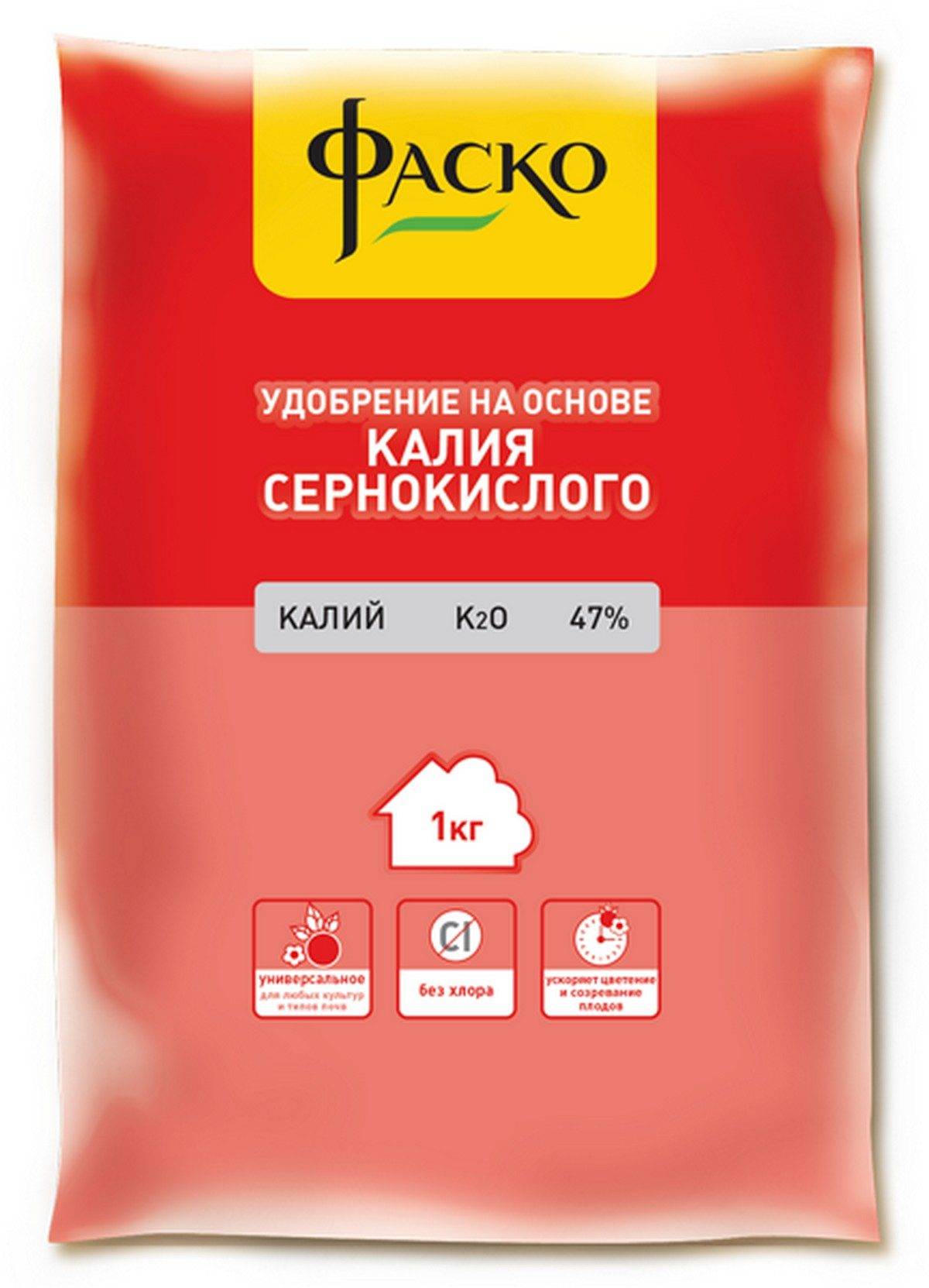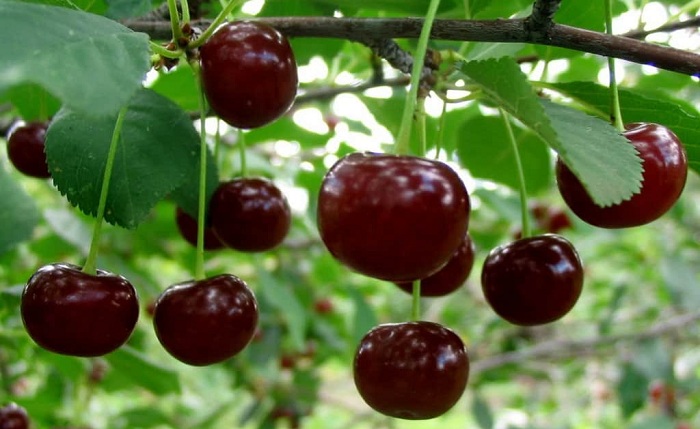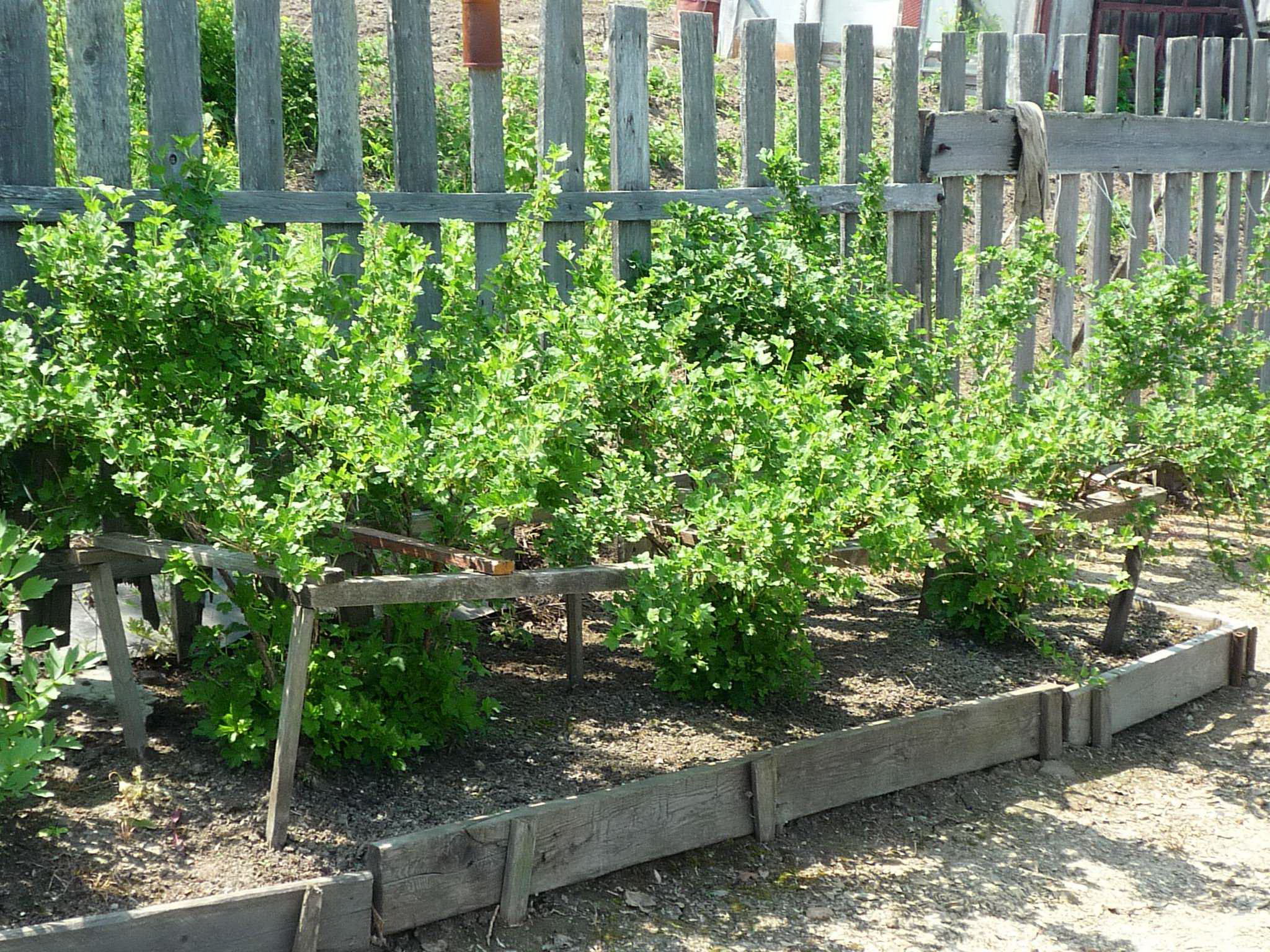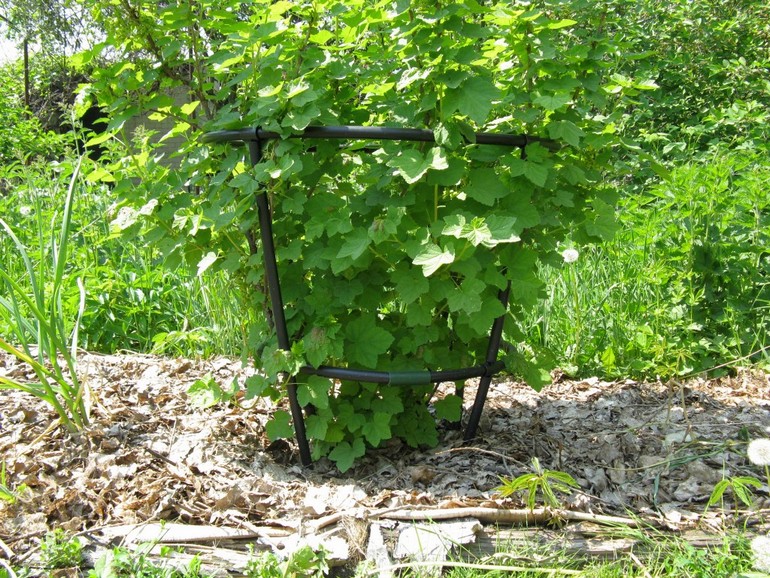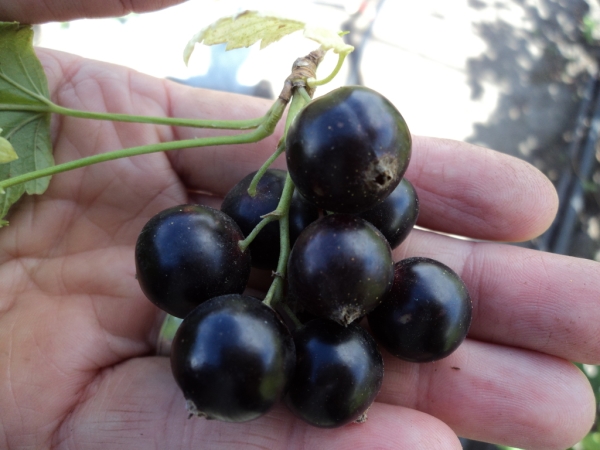Content:
In order to understand the problem of feeding currants and gooseberries in the spring, first of all, you should familiarize yourself with these plants themselves in terms of how to fertilize them. If an amateur gardener has a clear idea of how to feed currants and gooseberries in the spring, he is guaranteed to get a good berry harvest.
In addition, feeding the gooseberry and neighboring currant bushes can speed up their ripening process and increase the resistance of these plants to adverse factors. But in order to provide himself with all the possibilities stated above, the amateur gardener will need to adhere to certain recommendations regarding the choice of the optimal composition of fertilizers and maintaining the required proportions.
In addition, he should know exactly how to fertilize the specified crop, as well as what nutritional supplements and mixtures are required for this. The materials presented in the following sections will help the novice gardener to cope with all these questions.
Optimal feeding times
A feature of feeding any plant (including gooseberries) is the compliance with the schedule of its introduction, linked to the period of development of this culture.
In addition, before feeding the gooseberry or currant bush, be sure to consider the following important points:
- The composition of the soil in which they will be planted;
- Its acidity level;
- Fertility indicator for a given area;
- The age of the gooseberry or currant bush.
In a relatively early period of their development (during the first year after planting), these plants develop a root system together with small shoots growing on top of the soil. The term for the appearance of ready-to-eat fruits for gooseberries is the third year of development, and for currants - the second.
In this regard, when feeding developing crops, certain rules should be adhered to, namely:
- The first fertilization is done before the intensive growth of the plants, that is, at the moment when buds have formed on them and the first inflorescences have appeared;
- It will be possible to start the second such operation only in May, and then continue to do this all summer (until the beginning of July). During this period, there is an increased growth of crops, so that for the growing bushes, additional feeding in the form of nitrogen fertilizers will be required;
- After the active period of growth has passed, you should stop applying nitrogenous fertilizers and switch to top dressing, which will increase the volume and strengthen the roots of the overgrown shoots.
It is very important even in the spring to organize the mulching of young gooseberry bushes, carried out using humus or manure.
Types of feeding
Before you start systematically feeding the gooseberry in one way or another, you need to decide on the types of fertilizers that are optimal for this plant.
Traditionally, three classic types are used for currants and gooseberries:
- Nitrogen (nitrogenous) additives;
- Potash fertilizer;
- Special phosphate nutritional formulations.
We will try to get to know each of these species in more detail, and also understand the effect that they have on plants.
Nitrogen supplements
Nutrients from this group provide the strengthening of the entire shrub as a whole, including its root system.
It is customary to refer to this category of fertilizers:
- Regular urea (carbamide);
- Ammonium sulfate known to many;
- Ammonium nitrate, widespread and widely used for fertilizing various plants.
You can fertilize one of them at the beginning of the season (not earlier than the end of April or the beginning of May). To do this, you need to take 55 grams of saltpeter, stored dry, and pour it in small portions under each plant. Then it will be necessary to carefully dig up the soil under the bushes and loosen it properly.
It is advisable to do the next approach to feeding the plants in the second half of May, when the gooseberry flowering ends. This time, the same saltpeter is introduced, but only in liquid form. Before use, the drug is diluted in clean water (in a ratio of 1 to 10), after which the thoroughly mixed liquid is poured in small portions directly under the bushes.
For those who like to work with natural additives, we can recommend the so-called "folk" method, which consists in fertilizing the soil with bird droppings or humus from peat.
Potassium based fertilizers
The first spring feeding of currants (this also applies to gooseberries) should be carried out using the most common potassium supplements. For this, chemicals such as chloride, sulfate, or carbonate of potassium are best suited.
The specified mineral set is introduced in order to enrich the soil, which helps to increase the resistance of the shrub plants themselves to diseases. In addition, any such drug allows you to restore their resources after transplanting, as well as increase resistance to bad weather (to winds and frosts, in particular).
In the springtime, this procedure is carried out in three stages, namely:
- In the initial period, fertilization is combined with the planned pruning of the shrub. In this case, any potash agent (from the ones listed above) is taken and introduced into the soil in an amount of 3 grams;
- The second time the specified procedure is carried out during the period of appearance and growth of greenery. In this case, wood ash can additionally be used, which is poured into the ground closer to night or right before the start of rain;
- And finally, for the third time, fertilizers are applied at the initial stage of fruit ripening, when the skin begins to form. For this, liquid potash additives are used, sprayed onto the bushes with a spray bottle (their dosage is usually indicated on the fertilizer package).
When caring for currants, the dosage should be slightly increased.
Phosphorus fertilizing
The following types of fertilizers are commonly referred to as phosphorus nutrients that are widely used in feeding gooseberries:
- Regular or double superphosphate;
- The same composition, but only enriched;
- The so-called "phosphate rock" flour;
- A special drug called precipitate.
These additives are introduced very early (before the active growth stage), which allows the roots to feed on them before budding. The optimal dosage is usually given in the instructions for their use, so when preparing the working solution with which it is planned to process the bushes, it is necessary to proceed from their instructions.
In the spring, fertilizers of this class are recommended to be applied exclusively in liquid form (by preparing aqueous solutions of the required concentration). Phosphorus promotes the development of the root system, and also accelerates the process of formation and ripening of berries, and also increases the winter hardiness of crops.
In the final part of the review, we note that there are a number of strict rules that must be followed when feeding currants and gooseberries. Firstly, no matter what scheme for adding additives is used, you need to carefully monitor then so that fertilizers and bushes do not come into contact with each other.
Secondly, spring feeding must be directly linked to the location of the roots of the gooseberry plant. In this case, the main thing is that the area of fertilization should be large enough and occupy at least 2 meters across the width of the crown of the bush. When working out the issue of placing a gooseberry bush in terms of the convenience of feeding it, one should not forget that he and the apple tree are incompatible plants. Let us remind once again that a competent choice of fertilizers and their correct use is a guarantee that a rich harvest of berries will be collected in the fall.
